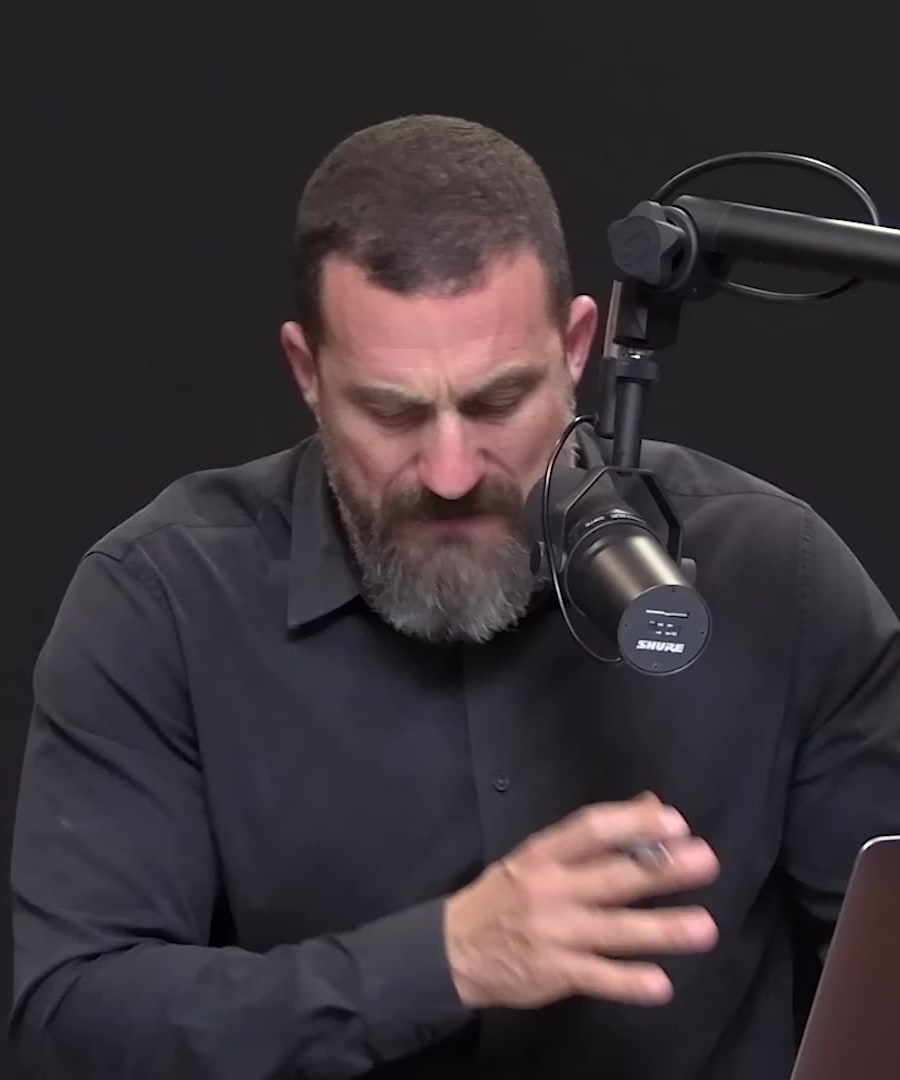How should I breathe in order to be clear minded and focused?
Sources:
To be clear-minded and focused, certain breathing techniques and practices can be highly effective. Here are some key approaches discussed by :
-
Physiological Sigh: This involves taking two inhales through the nose, followed by a long exhale. This technique maximizes lung inflation and helps to exhale carbon dioxide, which can enhance calmness and focus 1.
-
Box Breathing: This method includes inhaling for a set duration, holding the breath, exhaling for the same duration, and holding again. For example, inhale for three seconds, hold for three seconds, exhale for three seconds, and hold for three seconds. This cycle can be repeated multiple times and helps stabilize breathing and cognitive focus 1.
-
Cyclic Hyperventilation: This technique involves deep inhales through the nose and passive exhales through the mouth, repeated for 25 cycles with a breath hold at the end. This method has been shown to significantly reduce stress and increase alertness 2.
-
Meditation: A simple meditation practice of 13 minutes daily—as studied by Dr. Wendy Suzuki's lab—involves focusing on nasal breathing and directing concentration to a point an inch behind the forehead. It's essential to continually refocus back to your breath and the specific point when you're distracted. This practice can improve concentration, cognitive performance, mood, and stress levels 3 4.
These techniques can be incorporated into a daily routine to enhance mental clarity and focus. For example, start with a few minutes of physiological sighing or box breathing for relaxation and follow up with a brief meditation session to train sustained focus.
RELATED QUESTIONS-
How often should I use these techniques?
Based on the suggestions by , the frequency of utilizing these breathing techniques can vary based on individual needs and goals. Here are some general guidelines:
-
Physiological Sigh: This can be done as needed throughout the day, especially when you feel stressed or need to quickly regain focus 1.
-
Box Breathing: Incorporating a few minutes of box breathing into your daily routine can help maintain steady focus and reduce stress levels. This can be done multiple times a day if necessary, particularly before stressful tasks or to recalibrate your mind during breaks 1.
-
Cyclic Hyperventilation: This technique can be practiced daily, especially in the morning or before tasks requiring high focus and alertness 2.
-
Meditation: A daily practice of about 13 minutes of meditation focusing on nasal breathing has been shown to significantly improve cognitive performance and lower stress. Consistency is key, so aim to incorporate this into your everyday routine 3 4.
In summary, these techniques can be used daily, either as part of a morning routine, during work breaks, or when needed to manage stress and boost focus. Adjust the frequency based on how these practices fit into your day and how they make you feel.
RELATED QUESTIONS-
How should I breathe in order to be clear minded and focused?
- RELATED QUESTIONS
How often should I use these techniques?
- RELATED QUESTIONS



